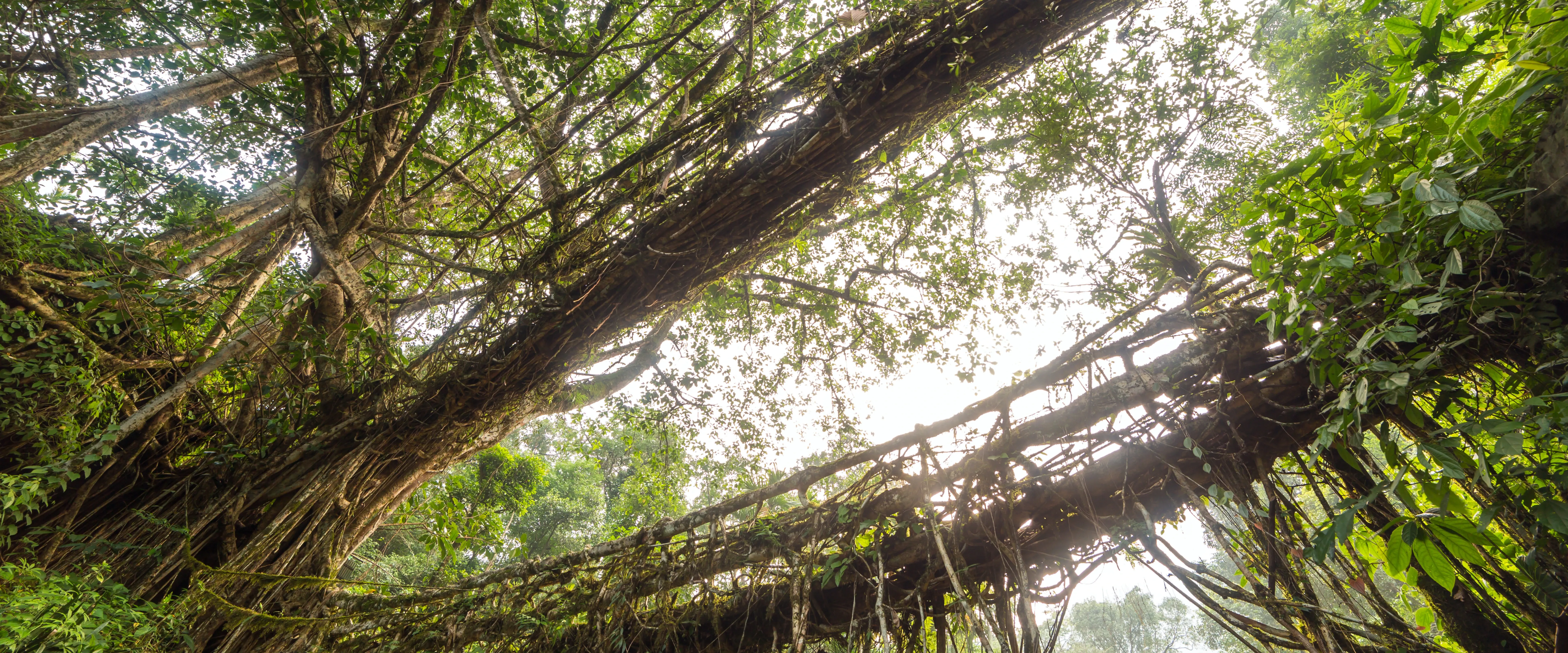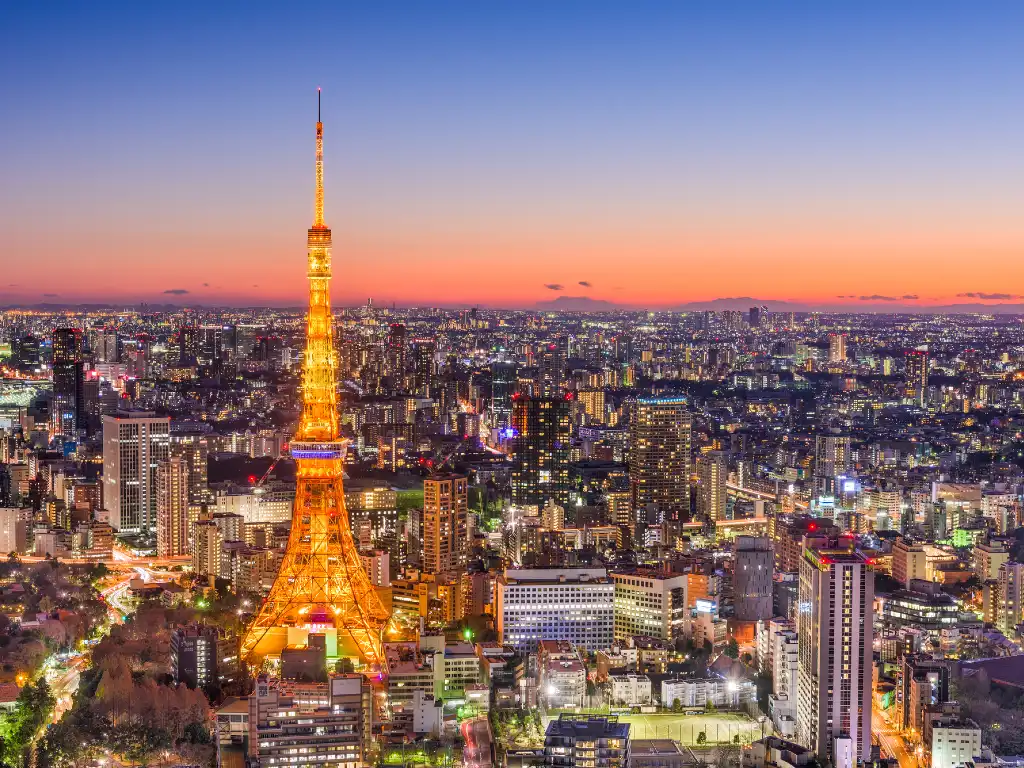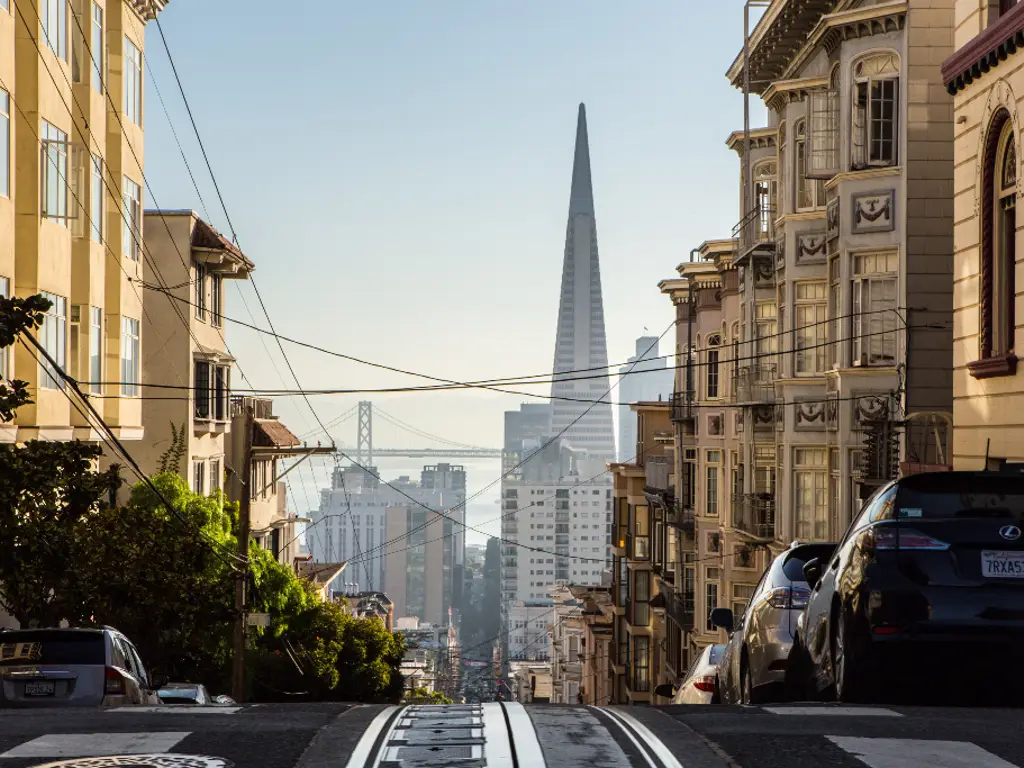
Hike To See the Living Root Bridges of Northeast India
Imagine: You’re surrounded by thick green rainforests, interspersed with waterfalls, suspended more than 2,000 feet above a river gushing noisily over large, smooth rocks. The only thing holding you aloft is a bridge made of what looks, at first, like brown ropes. Look a little closer, and you’ll find yourself standing on a tangled network of moss-covered tree roots that someone has fashioned—with obvious ingenuity and great patience—into a surprisingly sturdy bridge.
Venture anywhere in the dense subtropical forests in the northeastern Indian state of Meghalaya, and you are likely to happen upon at least a few of these 100 living root bridges that dot the region, connecting wide rivers, deep gorges, and narrow streams.

No one really knows when the first living root bridge was grown in the state, but the first written record can be found in an 1844 Journal of the Asiatic Society of Bengal. It was nearly two centuries later, in May 2022, when these natural bridges acquired international renown after UNESCO put them on its tentative list of world heritage sites.
Known locally as Jingkieng Jri, Meghalaya’s living root bridges are a feat of engineering by the Indigenous War-Khasi and War-Jaintia communities who have grown and cared for them for generations. The raw material they work with is not timber, stone, steel, or cement but the living, breathing aerial roots of the rubber fig tree (Ficus elastica) that’s native to the region.
Each new bridge begins with planting saplings on both sides of a river or a gorge. After more than a decade’s wait, rubber figs mature and start generating aerial roots. Local bridge builders train these roots to grow horizontally toward the opposite banks, forming a bridge-like structure. Over the next two to three decades, as the aerial roots thicken and produce newer branches, these are continuously woven together to form a single tangled root network. Any gaps in the network are plugged with fallen leaves, branches, stones, and soil.
The entire root system is held in place by wood or bamboo scaffolding, which also serves as a temporary way for people to cross before a root bridge is fully mature (about 30–40 years from the time the saplings are planted). During this time, the bamboo scaffolding needs to be periodically replaced to accommodate the growing roots and offset any damage caused by humidity. In certain bridges, the aerial roots are coaxed to grow through hollowed out trunks of areca palm trees, which also offer protection from the weather.
Meghalaya is one of the wettest regions on the planet, with the towns of Sohra (formerly Cherrapunji) and Mawsynram receiving an average annual rainfall of around 460 inches, compared to a countrywide average of 115 inches. Such heavy rains, often accompanied by floods and landslides, would make it difficult for concrete bridges to survive in the area beyond a few decades. In contrast, living root bridges are climate-resilient, self-repairing, and grow stronger with time. As long as the trees they are attached to remain healthy, these bridges can survive for centuries. Once fully mature, some can support up to 50 people at a time.

As living infrastructures, each root bridge system is a hub of biodiversity, supporting native birds and small mammals, as well as the mosses, lichens, and epiphytes growing on them. In the remote parts of the state, they are still the only way for local communities to reach their farmlands, go to the weekly markets, or visit a doctor. During elections, ballot boxes are carried to remote villages via the root bridges. More recently, they’ve become a source of income from tourism, both for the state and for the local communities.
Over the past two to three decades, many of these bridges have fallen into disrepair as concrete roads and steel suspension bridges made their way into this remote region. But since 2018, there has been a renewed focus on restoring the living root bridges, in large part through the efforts of the Living Bridges Foundation. Started by Morningstar Khongthaw, whose own village Rangthylliang has 20 such bridges, the foundation aims to spread awareness and identify bridges in need of restoration. The LBF also started work on creating two new bridges on World Environment Day in 2018 and Earth Day in 2019; Morningstar hopes they will grow into mature bridges in about 20 years.
The existing bridges are scattered across more than 70 villages in southern Meghalaya, but the ones found in and around Sohra, Nongriat, Nongbareh, Padu, and Mawlynnong receive the most tourist footfall.

The double-decker root bridge, called Umshiang Bridge, at Nongriat village is perhaps the most well-known due to its multi-level formation connecting the opposite banks of the Umshiang River. Its second level was grown after a period of heavy rains caused the river to rise to the first level, according to Phira Lyngdoh, information officer at Meghalaya Tourism.
The trek to this bridge is not for the faint of heart. It begins in the village of Tyrna, a 30-minute drive from Sohra and a 2.5-hour drive from the capital city of Shillong. For the first 45 minutes, trekkers descend a steep slope lined with more than 3,500 steps that continue all the way to the picturesque village of Nongthymmai. After this point, the route consists of multiple narrow steel suspension bridges, at the end of which lies Nongriat village; this part of the trek takes roughly an hour. The final stretch is an ascending path that continues for 20-odd minutes to reach the double-decker bridge.
“Due to the steep descent, the trek is not recommended for people with vertigo,” says Phira Lyngdoh at Meghalaya Tourism. Navigating a seemingly endless trail of stairs also requires a certain level of fitness, Lyngdoh adds. Moderately active folks may find it difficult, though doable. A day trip from Sohra or Shillong is enough to trek to the bridge and back, but staying the night at one of Nongriat’s many guest houses and homestays is a good way to get some rest, enjoy the nearby pools and waterfalls, and walk back at a relaxed pace the next day.
Travelers looking for less challenging hikes also have plenty of options.
- The most accessible living root bridge is in Nohwet village. You can combine this with a visit to the adjacent village of Mawlynnong, which earned the title of Asia’s cleanest village in 2003.
- The Mawkyrnot-Rangthylliang living root bridge is the longest natural bridge in the world. It stretches over 173 feet (53 meters) from the village of Rangthylliang to the village of Mawkyrnot. To get to the bridge, you’ll have to climb 1,500 steps.
- The Nongbareh living root bridge is unique for its double-span structure and joins the banks of not one but two rivers—the Amayalee and the Umngot.
- Travelers can also use Shnongpdeng village, near Dawki, as a base to explore nearby root bridges in Padu, Kudeng Thymmai, and Kudeng Rim.
Getting there
- Getting there: The nearest airport is Shillong (Umroi) Airport (SHL) at Barapani, which is just over 20 miles from Shillong city center. However, some travelers prefer the Guwahati Airport (GAU), which is far better connected to most Indian cities. From there, Shillong is a 3.5-hour drive via buses or private or shared taxis.
- Average flight price for Going's cheap flights to India: $658 RT
How to do it
- Best time to go: Meghalaya’s living root bridges are best visited in autumn and winter (October–March).
- Cost: Most tourist-frequented root bridges have a nominal entry fee of INR 20 (approximately 24 cents); some bridge sites also have a fee for parking and using your camera.
- Safety considerations: The root bridges are best avoided during the rainy season, especially in June and July. Heavy rains are also known to trigger devastating landslides in the region during this time. No matter the time of year, plan to end hikes by 5pm to avoid hiking in the dark.
- Tips: Although hiring a local guide is not strictly necessary, they are highly recommended, especially for bridges that are located deep in the forest and involve several hours of hiking. The Meghalaya Tourism office offers its own guides as well as tourist packages. The Cherrapunjee Holiday Resort is a good base to visit most of the bridges that are accessible to tourists. The resort staff also helps with booking private taxis or arranging for reliable guides. Tourism sustains the people of the state, so a generous tip is always appreciated.
Explore more wonders around the world
Last updated August 6, 2024
Articles you might like
View All
Where to Stay in Tokyo: The Best Neighborhoods and Hotels in 2026
Dec 19, 2025
12 min read

Where To Stay in Seattle: Best Neighborhoods and Hotels for 2026
Dec 19, 2025
10 min read

Where To Stay in San Francisco: Best Neighborhoods and Hotels for 2026
Dec 19, 2025
17 min read






